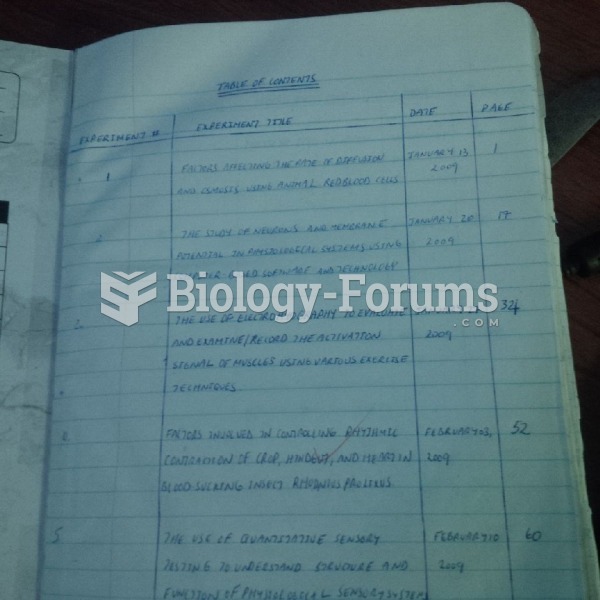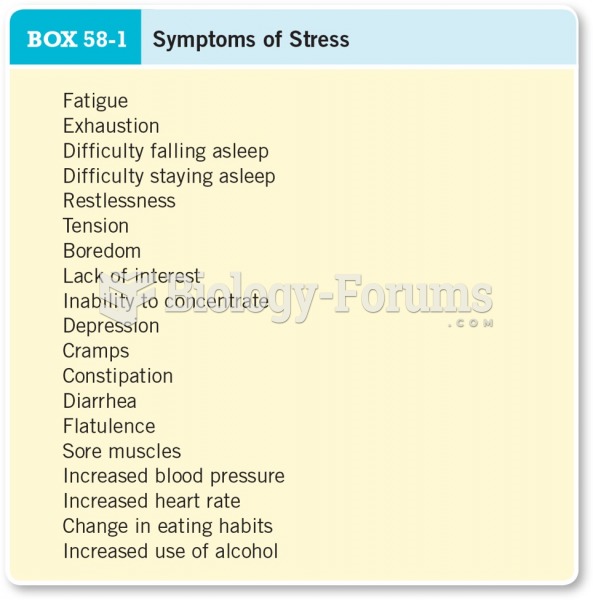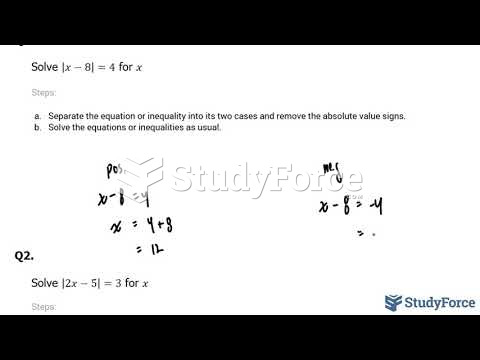Answer to Question 1
Pale skin and sclera are consistent with her laboratory values diagnostic for anemia.
Her measured weakness (strength 4/5) is also consistent with laboratory values of decreased Hgb and Hct.
Answer to Question 2
a. On the day Mr. Hayato was intubated, his ABGs were as follows: pH 7.2, pCO2 65, CO2 35, pO2 56, HCO3- 38 . What can you determine from each of these values?
pH and pO2 are low; pCO2, CO2, and HCO3- are high.
Mr. H is suffering from respiratory acidosis and acute respiratory failure. He cannot expire enough CO2 out of his body and thus the kidneys are compensating by retaining HCO3-.
b. On 3/28 while Mr. Hayato was on the ventilator, his ABGs were as follows: pH 7.36, pCO2 63, pO2 60, HCO3- 32 . What can you determine from each of these values?
Mr. H's respiratory status appears to have improved with current ventilator support.
All values indicate respiratory acidosis is improving (with pH being within normal limits) and overall oxygenation is considerably improved.
c. On 3/30, after the enteral feeding was resumed, his ABGs were as follows: pH 7.22, pCO2 66, pO2 57, HCO3- 37 . In addition, indirect calorimetry indicated an RQ of 0.95 and his measured energy intake was 1350 kcal. How does the patient's measured energy intake compare to your previous calculations? What does the RQ indicate?
The measured energy requirement is below the estimated or calculated energy requirement.
RQ indicates Mr. Hayato is utilizing carbohydrate as the major fuel source, and as it approaches 1.0, may indicate he his being overfed.
Current nutrition support provided excess total calories (estimated about 250 more kilocalories than he needs) and, perhaps, carbohydrate.
If Mr. H was being overfed with the combination of enteral and parenteral support, his increased CO2 production may have stressed his respiratory status.
This is reflected in the change in pH, increased CO2, and decreased oxygenation.







